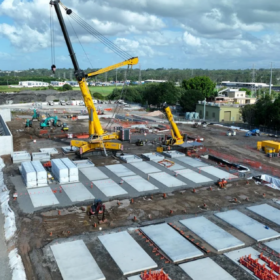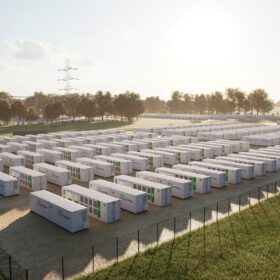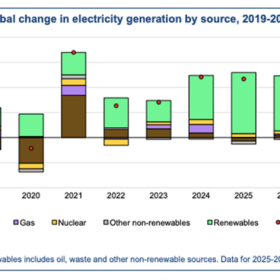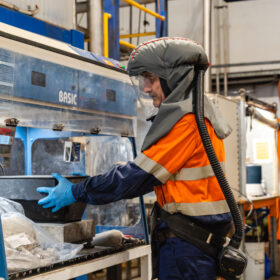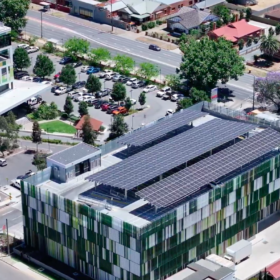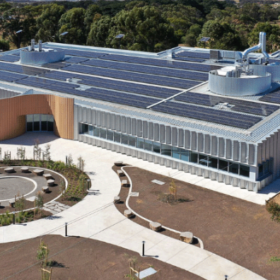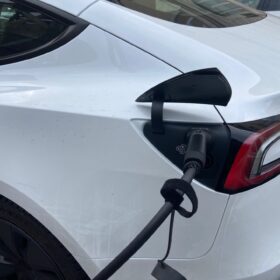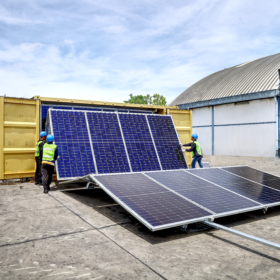Gunvor battery revenue swap agreement boosts Akaysha’s portfolio over 1.6 GW
BlackRock-owned Australian battery storage company Akaysha Energy has entered a long-term offtake agreement or the 205 MW / 410 MWh Brendale BESS in Queensland with Swiss oil and gas giant Gunvor Group.
Pacific Green sells South Australian battery park for $460 million
British cleantech solutions company Pacific Green has inked a $460 million agreement to sell its 250 MW / 500 MWh Limestone Coast North battery energy park development to clean energy investor Intera Renewables.
Transmission planning review targets timely delivery to back clean energy
The New South Wales government has launched an independent, expert review into energy transmission planning to ensure timely delivery of developments supporting renewable energy generation, with a focus communities hosting infrastructure.
Solar generation grew by 30% in 2024, says IEA
The International Energy Agency’s latest market analysis says global solar generation surpassed the 2,000 TWh mark in 2024. It grew by 30% year-on-year for its highest growth rate since 2017, adding 475 TWh in the calendar year.
Airport-based green hydrogen test plant paves way for zero emissions aviation
Aotearoa New Zealand green hydrogen solutions company Fabrum has opened an advanced liquid hydrogen test facility in partnership with Christchurch International Airport to support the development of green hydrogen-powered technologies, primarily in aviation.
VSPC eyes cathode powder global supply chain with $30 million ARENA grant
Queensland manufacturing company The Very Smart Particle Company has been granted $30 million non-recourse funding to commercialise a new process for manufacturing cathode powder used in lithium-ion batteries.
Local government solar and battery initiatives win federal funding
The Australian government has released $50 million to local governments across the country to co-fund energy efficiency and electrification upgrades in round one of its community energy upgrades fund.
Aviation hydrogen fuel cell research takes to the sky with strategic partnership
The hunt for higher-performance hydrogen fuel cells for aviation has resulted in a research partnership between Australian aerospace company AMSL Aero and Deakin University’s hydrogen hub, Hycel.
Research paints positive picture of used EV battery health
New Australian research around battery degradation in used electric vehicles has found average battery health exceeded 90%, even for vehicles that have travelled more than 120,000 kilometres.
Hybrid solar vanadium battery system withstands Australia’s harsh weather
Energy solutions company Australian Flow Batteries has rolled out its containerised solar vanadium battery system in Western Australia, which can be stowed in less than an hour to protect modules during the region’s annual cyclone season.
